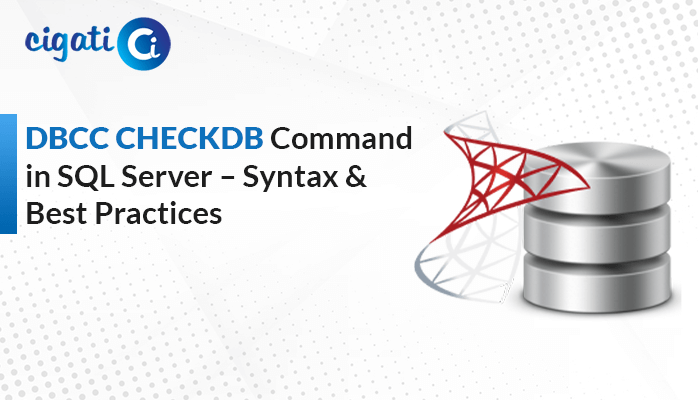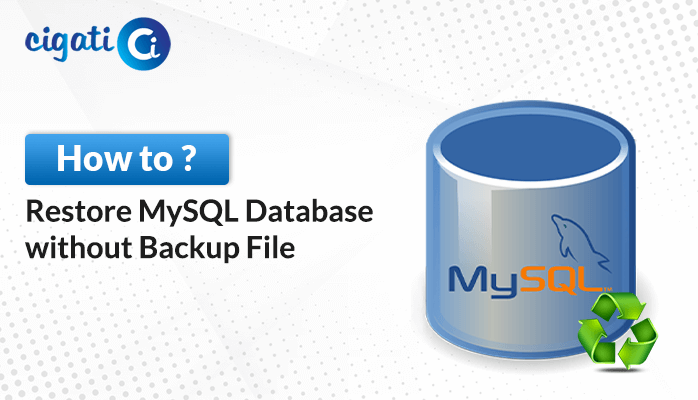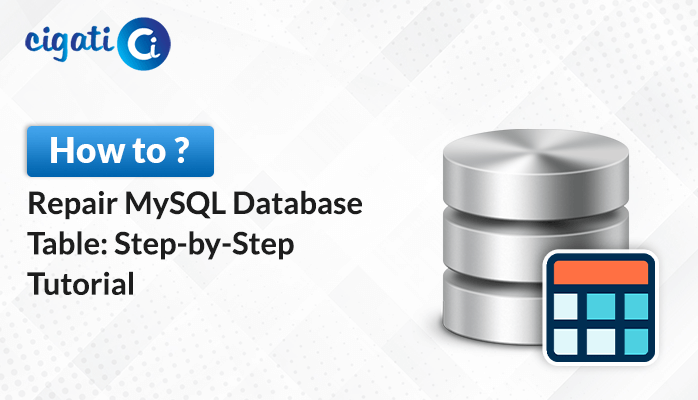-
Written By Rohan Wiese
-
Updated on July 27th, 2024
Fix ‘SQLite Database is Locked’ Error Code 5: Quick Guide
Sometimes, you’re looking at a database and doing a SELECT statement. Things can get messy if you suddenly try to remove or DROP a table while still looking at it. As a result, it will show you the SQLITE_LOCKED or SQLite Database is locked error. It happens when your Python code tries to do two things that clash with each other on the same database connection.
An SQLITE_LOCKED error means there’s a conflict happening within your Python code’s connection to the database. The following blog will discuss different approaches to resolving this error. Moreover, we will let you know some common reasons for causing this issue.
Also Read: Restore Database without Log File
Causes of Occurring SQLite Database Table is Locked
While this error message might seem like a Python issue, it relates to how the database handles information. For example, a busy library with only the database. If too many people try to check out or have high CPU utilization simultaneously, things can get obstructed. The librarian can not keep up with all the read/write operations.
This error usually occurs when the server or database is overloaded and can’t handle all the incoming requests. In SQLite, only one process can write or read from the database at a time. If someone is trying to read data, no one else can add new data until they have finished. This works fine for small applications, but for larger ones with many users, it can cause slowdowns and errors.
There are a few reasons why this overload might happen. The server might face other tasks, or the database might get too much traffic. In these circumstances, consider using a different database system designed to handle more users and requests.
Resolving SQLite Error 5: ‘Database is Locked’ – 3 Solutions
A “locked database” error in SQLite can be frustrating, but don’t worry! The tips mentioned earlier can help you troubleshoot and unlock your database so you can get back to work.
#1. Creating Backups to Not Have Locks
First, create a safe copy of your database. As a result, this ensures you have a backup in case anything goes wrong. The instructions use a series of commands, but you can likely find similar options in your database management tool. Once you have a backup, swap the original locked database with the unlocked copy.
$Sqlite3 .db.Sqlite
Sqlite> .backup main backup.Sqlite
Sqlite> .exitIn the duplicate directory, you will find the newly created backup file. Now replace the old file with this new file and move with executing the remaining script.
$mv .db.SQLite old.Sqlite
$mv backup.Sqlite .db.SqliteAfter replacing the database, check if it’s unlocked and working correctly. Finally, you can delete the old locked database since you have a working copy.
#2. Retype The Code
SQLite is a great database for many projects, but it can get overwhelmed if too many things try to access it at once. As a result, it can lead to SQLite Database is Locked errors.
Here’s a way to avoid that:
- Simplify your code: If you can rewrite your code to avoid having too many things happening to the database simultaneously, it can help prevent lockups. Imagine having fewer people trying to check out books all at once at the library.
- Keep it quick: Ensure your database interactions are short and to the point. However, this helps keep things moving smoothly.
By following these tips, you can keep your SQLite database safe and avoid those SQLite Database File is Locked errors.
#3. Accumulate Default Timeout
If someone takes too long to check out a long transaction, others waiting in line threads get stuck. In the worst case, everyone gets blocked waiting for each other. To prevent this chaos, SQLite has a time limit. If someone waits too long (more than 5 seconds), it gives up and throws a “SQLite3 Database is Locked” error to avoid a traffic jam.
Are you stuck with a locked SQLite database and the manual fixes seem tricky? There’s another option! Cigati SQLite Database Recovery can recover your entire database and fix any corruption, whether from SQLite2 or SQLite3. It’s a powerful tool with advanced technology to get your database back on track quickly and easily.
Concluding Thoughts
Encountering a “SQLite Database is Locked” error can be frustrating, but don’t panic! There are several solutions you can try. By creating a backup and replacing the locked database, or simplifying your code to reduce concurrency, you can unlock the database and get things working again. If manual methods seem challenging, SQLite Database Recovery software can be a lifesaver, restoring your data and fixing corruption. Remember, the best approach depends on the cause of the lock, so don’t hesitate to explore different options to get your database back up and running smoothly.
You May Also Read: SQLite Database Disk Image is Malformed
About The Author:
Rohan Wiese works as Technical Content Writer at Cigati Solutions. He writes technical blogs, articles, newsgroups, etc. on Database Recovery, Email Backup & Migration for Cloud and Webmail Email Clients. He has almost two years of writing experience and has written about many Technologies such as Cloud Computing, Intelligence, IoT, and Email Management.
Related Post




